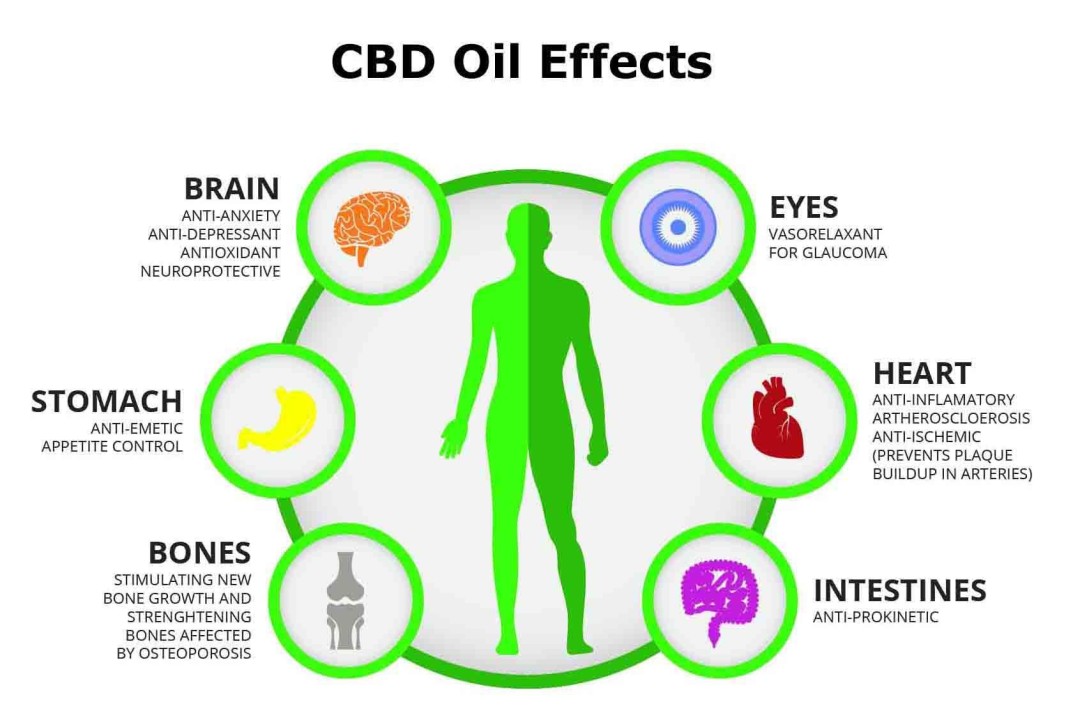Get This Report on Green Dr Cbd
Get This Report on Green Dr Cbd
Blog Article
Some Ideas on Green Dr Cbd You Need To Know
Table of ContentsThe Main Principles Of Green Dr Cbd The Green Dr Cbd IdeasThe 2-Minute Rule for Green Dr CbdGreen Dr Cbd - Truths
The most common conditions for which clinical marijuana is made use of in Colorado and Oregon are discomfort, spasticity associated with several sclerosis, queasiness, posttraumatic stress disorder, cancer, epilepsy, cachexia, glaucoma, HIV/AIDS, and degenerative neurological conditions (CDPHE, 2016; OHA, 2016 (dr green cbd). We included in these conditions of rate of interest by examining lists of qualifying ailments in states where such use is legal under state legislationThe board realizes that there might be various other problems for which there is proof of effectiveness for marijuana or cannabinoids (https://soundcloud.com/greendrcbd). In this chapter, the board will certainly review the findings from 16 of one of the most recent, great- to fair-quality organized evaluations and 21 key literature write-ups that best address the board's research study inquiries of interest

Light et al. (2014 ) reported that 94 percent of Colorado clinical cannabis ID cardholders showed "severe pain" as a medical condition. Ilgen et al. (2013 ) reported that 87 percent of individuals in their research were looking for clinical marijuana for pain relief. Additionally, there is proof that some people are changing the usage of traditional pain medicines (e.g., opiates) with cannabis.
Some Known Questions About Green Dr Cbd.
Combined with the study information suggesting that pain is one of the main reasons for the use of medical cannabis, these recent records recommend that a number of discomfort clients are replacing the usage of opioids with marijuana, despite the fact that cannabis has not been accepted by the United state
Five good5 to fair-quality systematic reviews methodical evaluations. Snedecor et al. (2013 ) was directly concentrated on discomfort relevant to spinal cord injury, did not include any type of research studies that made use of marijuana, and just identified one research study exploring cannabinoids (dronabinol).

Get This Report about Green Dr Cbd
For the purposes of this discussion, the key resource of info for the impact on cannabinoids on chronic pain was the testimonial by Whiting et al. (2015 ). Whiting et al. (2015 ) consisted of RCTs that compared cannabinoids to typical care, a sugar pill, or no therapy for 10 conditions. Where RCTs were unavailable for a condition or end result, nonrandomized researches, including uncontrolled researches, were taken into consideration.
( 2015 ) that was certain to the impacts of inhaled cannabinoids. The rigorous testing strategy used by Whiting et al. (2015 ) brought about the recognition of 28 randomized trials in people with persistent pain (2,454 individuals). Twenty-two of these trials evaluated plant-derived cannabinoids (nabiximols, 13 tests; plant flower that was smoked or evaporated, 5 trials; THC oramucosal spray, 3 trials; and dental THC, 1 trial), while 5 tests assessed synthetic THC (i.e., nabilone).
The medical problem underlying the chronic discomfort was most often pertaining to a neuropathy (17 trials); various other conditions consisted of cancer discomfort, multiple sclerosis, rheumatoid joint inflammation, musculoskeletal concerns, and chemotherapy-induced discomfort. Analyses across 7 tests that assessed nabiximols and 1 that examined the results of breathed in marijuana recommended that plant-derived cannabinoids raise the chances for enhancement of pain by roughly 40 percent versus the control condition (probabilities proportion [OR], 1.41, 95% confidence interval [CI] = 0.992.00; 8 trials).
Suggested that cannabis reduced discomfort versus a sugar pill (OR, 3.43, 95% CI = 1.0311.48).
The Only Guide for Green Dr Cbd
There was additionally some evidence of a dose-dependent impact in this contact form these studies. In the enhancement to the evaluations by Whiting et al. (2015 ) and Andreae et al. (2015 ), the committee recognized two added research studies on the result of marijuana blossom on severe discomfort (Wallace et al., 2015; Wilsey et al., 2016).
These two studies are constant with the previous testimonials by Whiting et al. (2015 ) and Andreae et al. (2015 ), suggesting a reduction in discomfort after marijuana administration. In their testimonial, the board found that just a handful of research studies have reviewed the use of marijuana in the United States, and all of them examined cannabis in flower kind supplied by the National Institute on Drug Misuse that was either vaporized or smoked.
Report this page